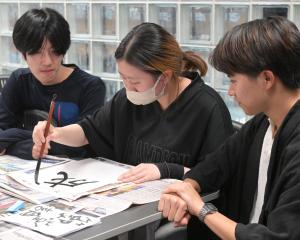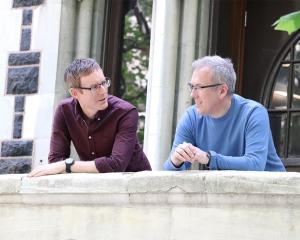
University of Otago chair in archaeology Prof Glenn Summerhayes and University of Cambridge Phd student and University of Otago graduate Dylan Gaffney are part of an international team of scientists which found humans in Papua New Guinea may have collected cassowary eggs near maturity and then raised the birds to adulthood as early as 18,000 years ago.
The duo contributed to the findings by sharing their archaeological research on cassowary bones and eggshells excavated by archaeologist Sue Bulmer in the PNG highlands during the 1950s.
The international team was able to use new scientific research techniques on the eggshells to determine the developmental stage of the ancient embryos/chicks when the eggs cracked.
Research author and Penn State University anthropology and African studies Assistant Prof Kristina Douglass said the researchers studied 126 ostrich eggs of varying levels of incubation and created high-resolution, 3-D images of the shell samples.
By inspecting the inside of these eggs, the researchers created a statistical assessment of what the eggs looked like during stages of incubation.
Then they turned to the cassowary shell collections from PNG.
Prof Douglass said they applied their approach to more than 1000 fragments of the 6000 to 18,000-year-old eggs and found the large majority were harvested during late stages.
The data may be the earliest indication humans managing the breeding of a bird species anywhere, preceding the early domestication of chicken and geese by several thousand years, she said.

Cassowaries were dangerous because they more closely resembled velociraptors than most domesticated birds.
"This is not some small fowl, it is a huge, ornery, flightless bird that can eviscerate you."
A man was killed by one in Florida in 2019.
However, cassowary chicks imprint readily to humans and are easy to maintain and raise up to adult size. Imprinting occurs when a newly hatched bird decides that the first thing it sees, is its mother.
Prof Summerhayes was delighted to be part of the research which was published in one of the world’s top scientific journals — the Proceedings of the National Academy of Sciences of the United States of America.
"It’s an extremely important paper."











